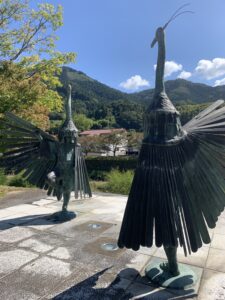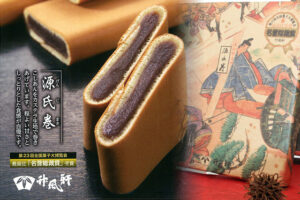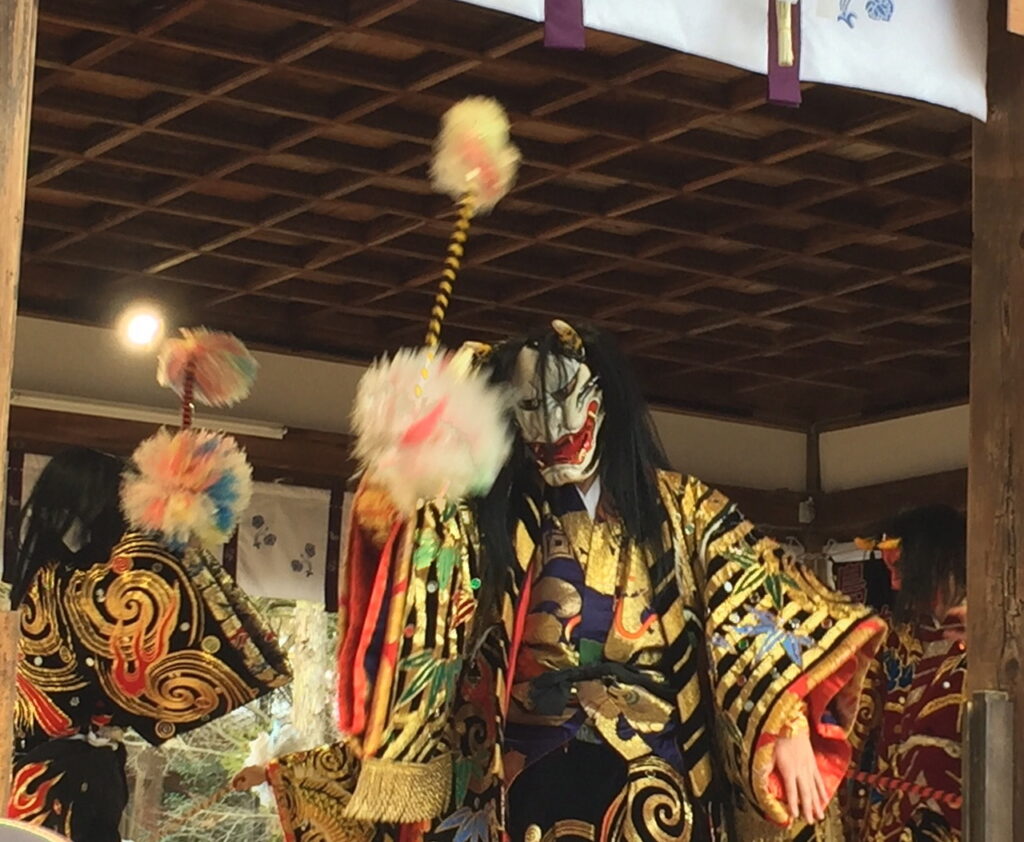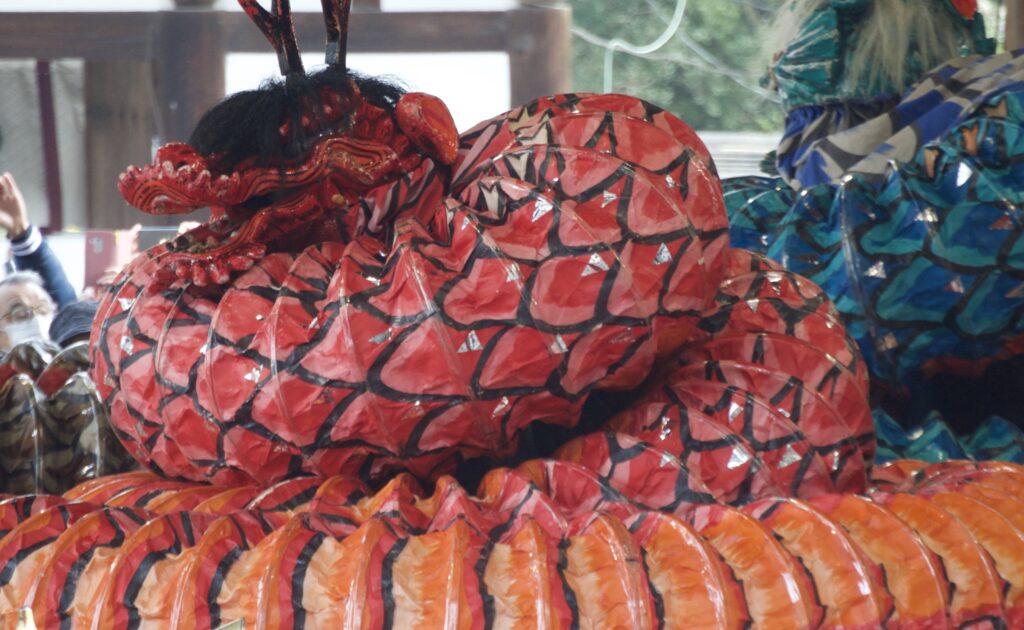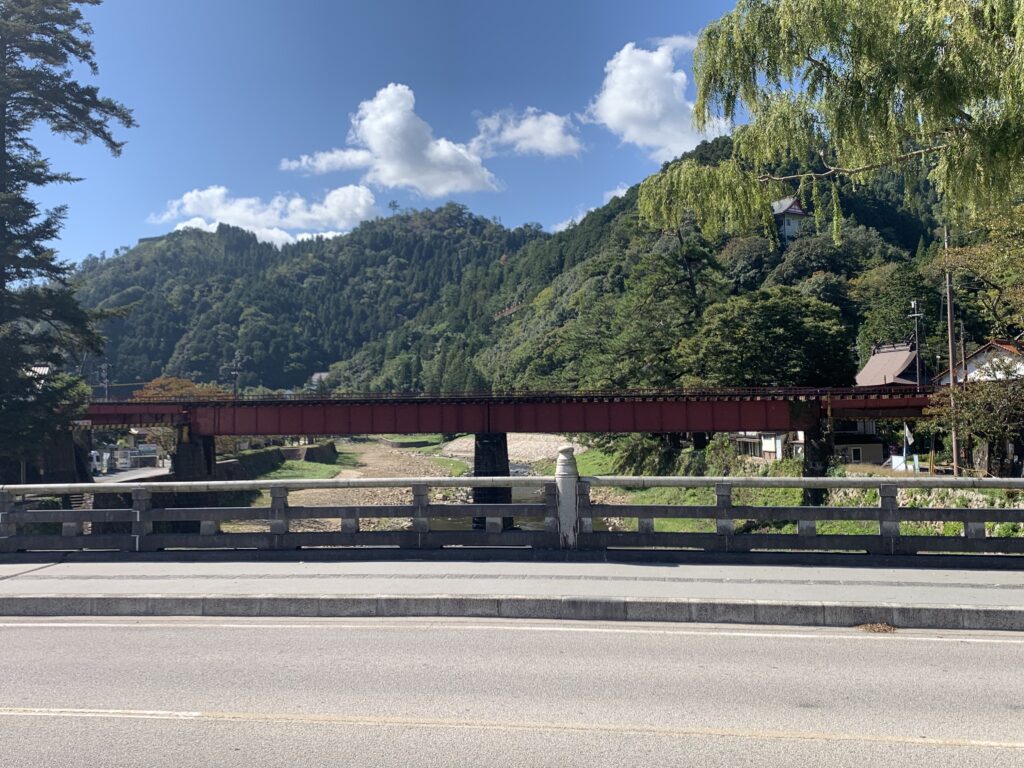
The small community of Tsuwano (pop.. 7,500) is a castle town that has lost its castle, a ‘little Kyoto’ with the emphasis on little. Squeezed in-between steep mountains, it is compact yet intriguing. I was lucky enough to be shown round by a volunteer guide called Akemi, who worked as an international goodwill officer.
****************
‘The town is known as ‘the “little Kyoto of San’in”,’ Akemi explained, ‘because it’s in a river basin with harsh winters, like Kyoto. We have merchant houses too, like Kyoto. There is an Inari shrine with a torii tunnel, like Kyoto’s Fushimi Shrine. And we have Yasaka Shrine with Gion Festival, like Kyoto. Especially we have Sagiodori (Heron dance), which came here from Kyoto in the sixteenth century.’
She motioned towards two striking statues of the costumed dancers, with improbably long necks and balanced like the bird on one leg. The all-white costumes used in the dance are intricate creations, the upper part made of paulownia, the lower part bamboo, and the wings from strips of cypress. In all, they weigh twelve to sixteen kilograms.
After all the walking it was time for something to eat, and Akemi showed me an English-language flyer she had prepared that featured nineteen different outlets. The town was clearly making an effort to attract the wider world. I asked for something typically Tsuwano, and Akemi took me to a shop that catered specifically for tourists. ‘Typical,’ I thought. Tourists want the local food, and the locals want pasta and steak.
For the first course, I tried Tsuwano potato soup, consisting of taro potatoes in a light dashi broth with slivers of sea bream and yuzu citrus peal. Delicate taste, but solid substance. Afterwards we enjoyed a green tea set with Tsuwano’s most famous product, Genjimaki, which featured anko (sweet red bean paste) sandwiched between thin strips of a type of sponge cake.
Over lunch Akemi told me of two other aspects of the town. One concerned Hidden Christians; the other mythological plays known as kagura. The Christian connection derived from the descendants of sixteenth century converts. The religion was banned in Edo times because of a fear of colonisation, and Meiji reformists continued the policy. Yet despite the risk of torture and death, many families handed down their faith in secret, though as far as the authorities were concerned Christianity had been completely eradicated.
In 1868, thousands of Hidden Christians were uncovered in Urakami, a district of Nagasaki, and were dispersed to different domains for ‘re-education’. Their treatment varied from place to place, and here in Tsuwano their reception was amongst the worst. They were starved, tortured and made to stand naked in the bitter cold of winter. Of the roughly 150 sent to the domain, thirty seven perished. Tragically it came just before Christianity was tolerated in 1873. Now there is a campaign to canonise those who died and make Tsuwano a ‘sacred place of martyrdom’.
A happier note is struck by the kagura plays, which enact scenes from Shinto’s rich store of mythology. The costumed dramas with musical accompaniment can be truly spectacular, and the district’s Iwami Kagura has a reputation for putting on the best in the country. Unlike Noh with its wooden masks, the local tradition is for masks made of Japanese paper (washi), which makes them sturdy but light. It means actors can perform speedier actions, including acrobatics.
For those lucky enough to time their visit right, there are performances in Tsuwano proper, but the real deal are the autumnal all-night sessions in village houses. For that you need to plan ahead. Iwami troupes occasionally perform elsewhere, and I’ve been lucky enough to see them several times in Kyoto, The stage effects would not disgrace top Broadway productions. The slaying by Susanoo of the eight-headed monster, Yamata Orochi, is their showpiece, for the serpent writhes and wriggles in such improbable manner that it takes on a life of its own. The rapt audiences reminded me of village plays in Bali, at which mesmerised children sit open-eyed, soaking in the larger-than-life mythical stories of their ancestors.

